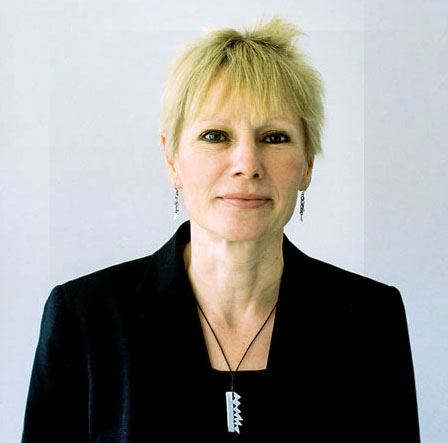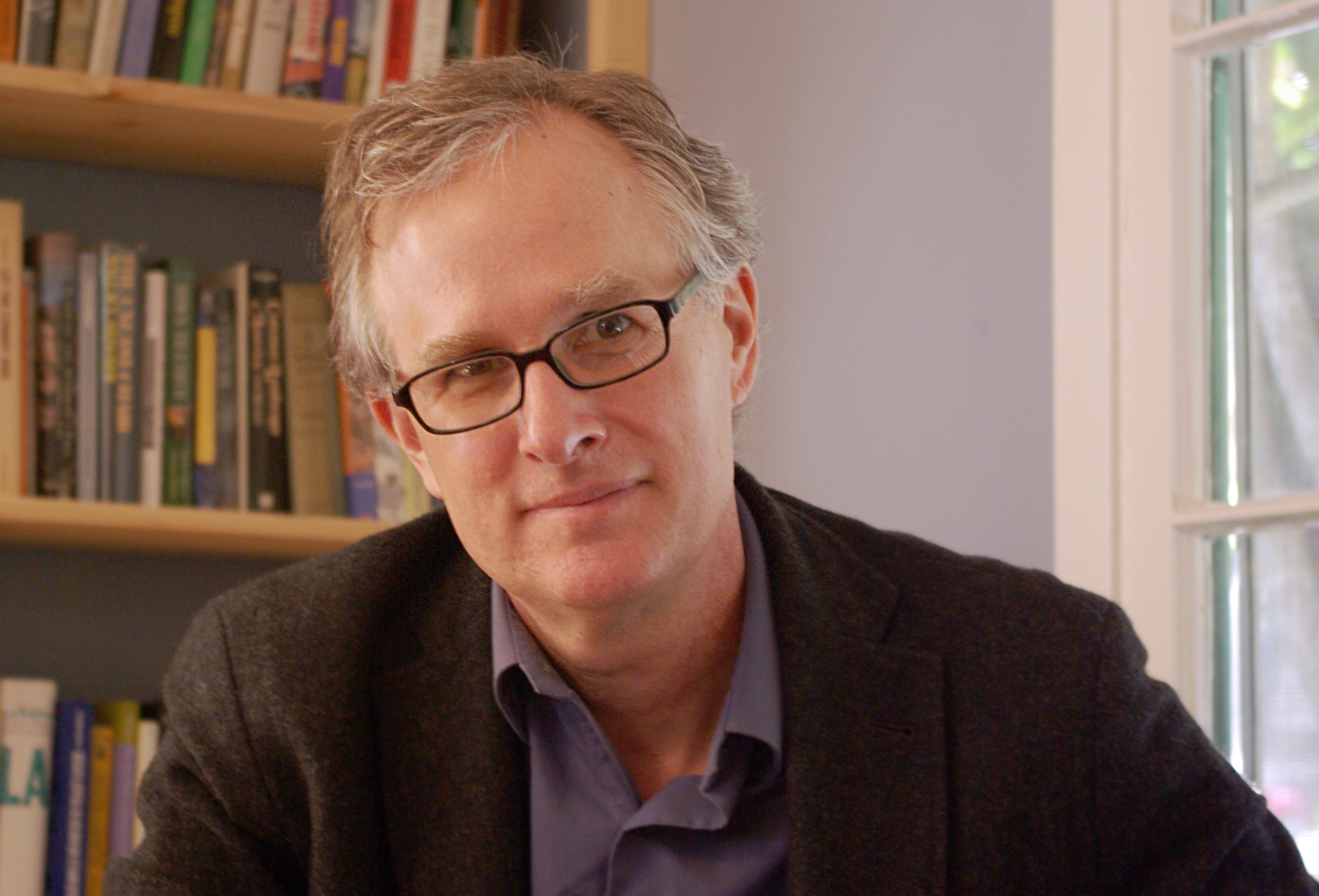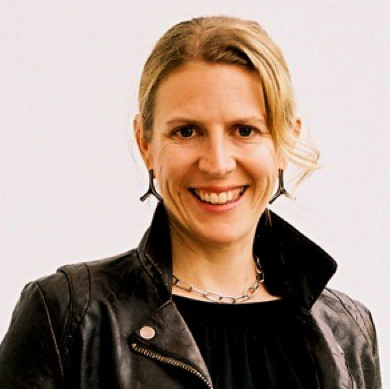
Ursula Heisef, a professor in the English department (courtesy of Ursula Heisef)

Jon Christensen, a professor in the UCLA Department of History. (Courtesy of Jon Christensen)
With smog blanketing its skies and thousands of cars clogging its freeways daily, Los Angeles might not seem like the ideal place for environmental faculty from Stanford University to call their new home.
But this is just what three new researchers coming to UCLA this fall are looking for.
Professors Ursula Heise, Allison Carruth and Jon Christensen are leaving Stanford University, a well-funded private institution, to teach and research at UCLA, a public university with dwindling finances.
The professors came to UCLA to further expand the university’s field of environmental humanities and its interdisciplinary studies of the environment, Heise said.
“It’s just an exciting challenge to think about,” Heise said. “What does environmentalism mean in a huge car-driven metropolis such as Los Angeles? That was a huge motivation that I think attracted all of us.”
At UCLA, Heise and Carruth will join the English department, and Christensen will join the history department, said Ali Behdad, chair of the English department.
“We were very fortunate to bring in three scholars from Stanford, which obviously as a private institution has a lot more resources (than UCLA),” Behdad said. “The very fact that we have been able to hire these people from Stanford speaks to the stature of our department.”
Heise and Christensen each have joint appointments in UCLA’s Institute of the Environment and Sustainability, an academic center that studies interdisciplinary environmental issues and offers a bachelor of science in environmental science, among other programs and research, said Glen MacDonald, director of the institute.
What the trio of friends share in common is their work in the environmental humanities, a relatively new field of study that looks at how various modes of communication can shape people’s perceptions of the environment and its issues, said Christensen, former executive director of the Bill Lane Center for the American West, an interdisciplinary research center at Stanford University.
Heise, Carruth and Christensen first met when they began working together on a project at Stanford. Founded by Heise, the Environmental Humanities Project, which began as a small group of faculty and graduate students who came together once a month to read and discuss environmental literature over wine and cheese, Christensen said.
The three also engage in their own interdisciplinary environmental research. Christensen studies the digital humanities, which can involve the use of mobile applications and social media to present environmental information, and Carruth studies how literary myths of food and landscape are constructed to motivate local food movements.
“We’re really excited and impressed that UCLA is so committed to (the environmental humanities) as to make a cluster hire of three professors all dedicated to this one field,” Heise said.
The larger size and diversity of UCLA’s faculty and student body, and the challenge of Los Angeles’ urban environment drew the three researchers to the university despite its financial struggles, they said.
“I realize the challenges the UC system is facing, but I believe very strongly in public education,” Christensen said. “I can’t think of a better place to be.”
The Institute of the Environment and Sustainability has been actively trying to recruit more faculty in recent years as student and faculty interest in the environment has grown and the urgency of environmental issues has increased, MacDonald said. In six years, enrollment in the environmental science degree increased to more than 280 students, he added.
With collaboration and financial support from the UCLA Department of History and the Institute of the Environment and Sustainability, administrators in the two offices decided to bring Christensen to UCLA as well. The institute will help cover the cost of hiring Christensen through private donations to the institute as well as state funding, MacDonald said.
With its two new hires, the English department will double the number of its faculty members studying environmental humanities.
“We are in a position to be at the forefront of this new field,” Behdad said. “We hope to develop a broader humanistic framework for thinking about the environment.”
Still, the ecological crises faced today can’t be solved without understanding how cultural images, values and stories shape people’s attitudes toward nature, Carruth said.
“My interest has always been in the relationship of people and the environment, and that I think is one of the great challenges of the 21st century,” Christensen said. “Our ability to understand those changes and communicate them so that people understand them and can make decisions is crucial.”
